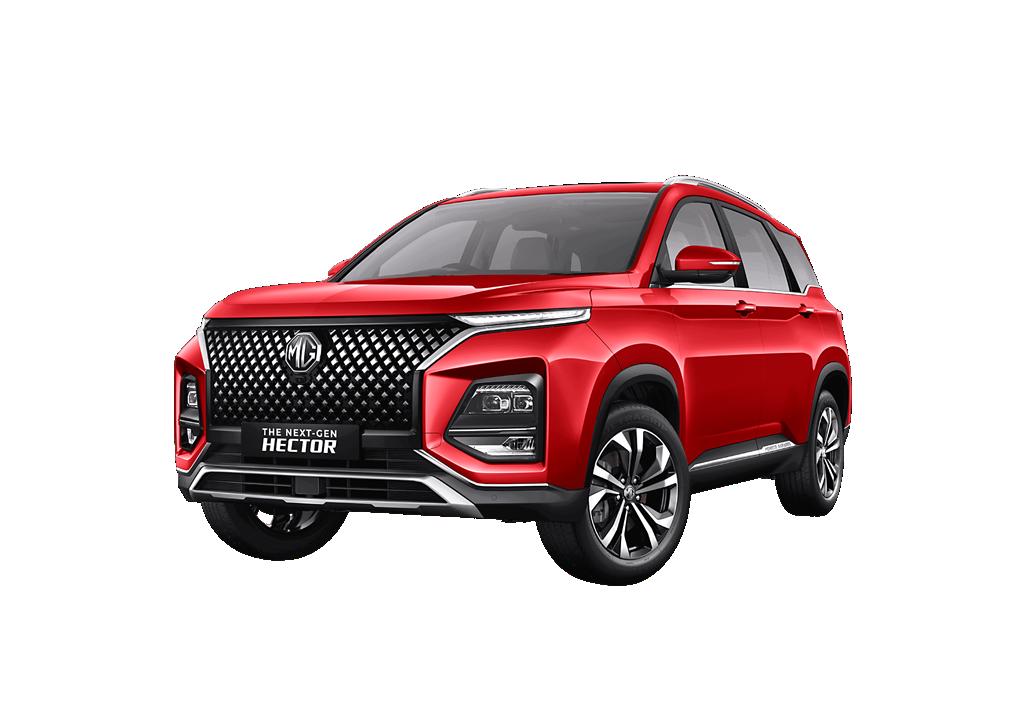MG Hector Hits Six-Year Mark in India: Where It Stands Now
Six years after it first hit Indian roads in June 2019, the MG Hector remains one of the most visible SUVs in its segment. As MG Motor’s maiden offering in India, it shook up the market with tech-heavy features, roomy interiors, and aggressive pricing—from Rs 14.25 lakh to Rs 22.57 lakh (ex-showroom). But does it still hold its ground against potent rivals like the Tata Harrier and Jeep Compass?
What’s Driving the Hector’s Popularity
Spacious, Comfortable Cabin
Step inside the MG Hector, and the first impression is just how much room it offers. You’d notice the massive 587-litre boot, perfect for family road trips or grocery hauls. The seats—especially the wide rear bench—are designed for comfort, even if lumbar support on the front seats can feel a bit too aggressive for some. Taller passengers won’t have much to complain about. The panoramic sunroof and light upholstery add to the airy feel.
The 2023 refresh brought better cabin materials, lifting the overall experience a notch higher. It’s a design that clearly prioritizes passenger comfort, and to many, that’s still a strong selling point.
Well-Equipped Variants
The Hector’s feature list arguably puts it among the best-equipped SUVs in its category—especially the Sharp Pro, Savvy Pro, Blackstorm, and Snowstorm editions. Standard highlights on these versions include:
- 14-inch touchscreen infotainment system
- 7-inch fully digital instrument cluster
- Infinity 8-speaker audio setup with subwoofer
- Connected car technology via MG i-Smart
- Voice assistant, powered tailgate, and air purifier
And when it comes to safety? You’re looking at six airbags, a 360-degree camera with 3D view, ESC, tyre-pressure monitoring, and even Level 2 ADAS features like adaptive cruise control and lane-keeping assist, depending on the trim. For many, this tech offering is a key reason to shortlist—or buy—the Hector.
Relaxed Ride Quality
On city roads, Hector rides like a charm. At low speeds especially, it glides over small bumps and rough patches. The suspension is tuned with comfort in mind, so if you’re often driving in congested city traffic or rough urban roads, it feels reassuringly soft. When fully loaded with passengers and cargo, the ride becomes even more settled. But—
—things change a bit at higher speeds. The same soft suspension that works well in the city starts to struggle on highways. More on that below.
Where the Hector Misses the Mark
Fuel Efficiency: Below Par
MG offers the Hector with two engine options: a 1.5-litre turbo-petrol and a 2.0-litre diesel. The petrol engine is available with a 6-speed manual or an 8-step CVT. According to tests, the real-world fuel economy is underwhelming:
- City: 8.3 km/l
- Highway: 9.6 km/l
That’s frankly not great for a car of this size. While the petrol CVT combo is ideal for urban crawl, it doesn’t translate well to highway economy. For buyers worried about rising fuel costs, this could be a deal breaker.
No Diesel-Automatic or Hybrid Options
This is where rivals pull ahead. Both the Tata Harrier and Jeep Compass offer diesel-automatic configurations, which are often preferred in this SUV segment. The Hector’s diesel engine—though reasonably powerful at 170 hp—is only available with a 6-speed manual.
Tata even offers a choice of automatic gearboxes and drive modes. That flexibility is missing in the Hector. And with no hybrid variant on offer either, MG seems behind the curve if you’re looking for fuel-saving tech or effortless long-distance lamps-on-cruise highway driving.
Driving Dynamics: Uninspiring
The Hector was never built for spirited driving—and that hasn’t changed. At higher speeds, the soft suspension that once seemed comforting becomes less planted. There’s noticeable body roll in corners, and you can’t shake off the floaty sensation on bumpy highways. The steering, too, isn’t as communicative as enthusiasts might like. You don’t drive the Hector—you guide it.
One automotive analyst put it candidly: “It’s a large, comfortable living room on wheels. Just don’t ask it to dance.” Fair enough.
How It Stacks Up: Sales Numbers Say a Lot
Interestingly, despite its flaws, the Hector outsells the Jeep Compass by a considerable margin. Over the past six months, the Hector averaged 827 units per month, while the Compass couldn’t cross 150. Yet, it still trails behind the Tata Harrier, which averages 1,224 units monthly.
So there’s steady interest, but maybe not overwhelming demand.
Final Thoughts: Still Worth Buying in 2024?
If you value rear seat comfort, cabin space, and a loaded features list, the Hector still makes a compelling case—especially for city-dwellers and family buyers. But for those who want better mileage, thrilling highway performance, or the convenience of a diesel automatic, other options might feel more complete.
And when you think about a long-term purchase like this, the question becomes less about what you get now and more about what you could be missing down the line.
Would a small hybrid system make the Hector more appealing in its next facelift? Possibly. Will MG catch up on drivetrain choices? We’ll have to wait and see.
So, should you buy the MG Hector today? Maybe. But maybe not without taking a closer look at what you’re giving up.

